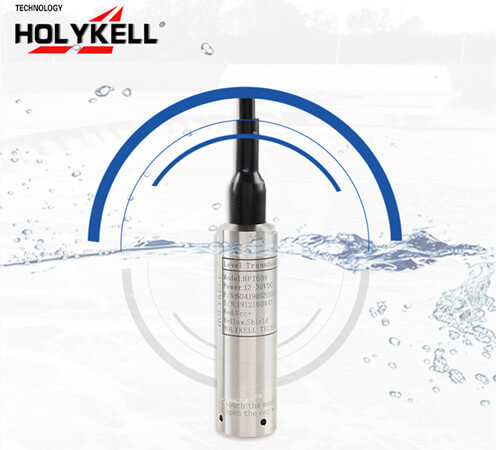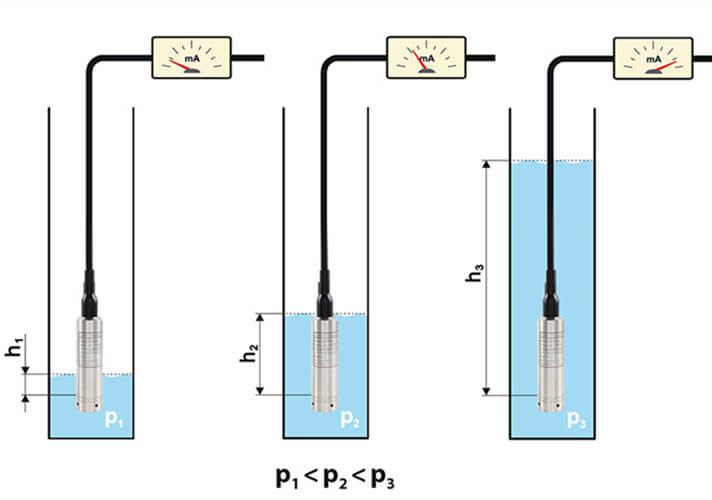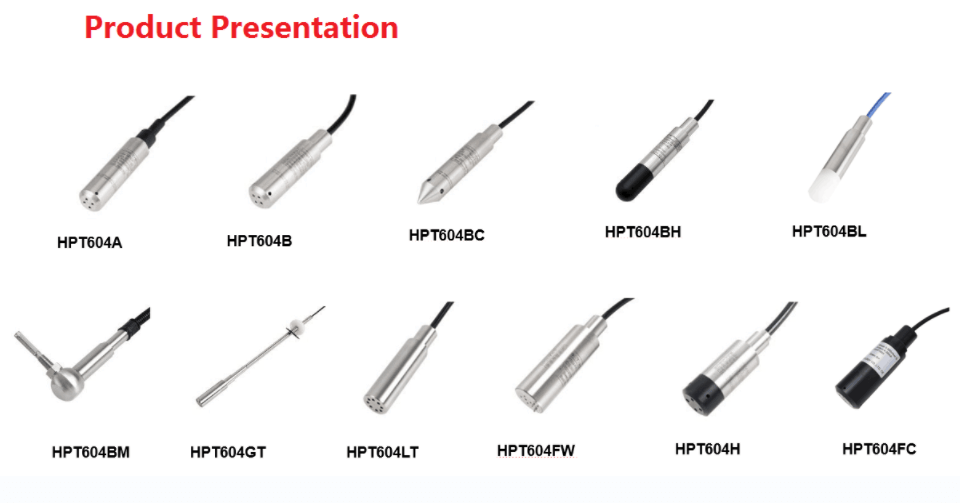How Does Submersible Pressure Transducers Work?
A submersible pressure transducer, also known as submersible level transducer, is a specialized level monitoring device for liquids, such as in underwater applications, and can withstand high pressures and extreme temperatures.
Due to the special working principle and structure, submersible pressure transducers have outstanding features that may challenge other pressure sensors as can be damaged by exposure to moisture and corrosiveness.
What is a submersible pressure transducer?
A submersible pressure transducer is an electronic device used to measure fluid pressure and convert it into an electrical signal. They are commonly used in a wide range of applications, including water level measurement in wells, boreholes, rivers, and lakes, as well as in tanks and reservoirs. They are also used in the marine industry for measuring the pressure of seawater, as well as in wastewater treatment plants to monitor the pressure of sewage and sludge.

How does a submersible pressure transducer work?
This type of transducer uses the piezoresistive effect to convert pressure into an electrical signal. The sensing element is typically a flexible diaphragm attached to a strain gauge, and the transducer’s electronics convert the change in resistance of the strain gauge into an electrical signal.
The housing of the submersible pressure transmitter is designed to protect it from environmental factors such as corrosion and pressure changes. This housing also includes a cable that connects the transducer to a data acquisition system or control unit.
One of the benefits of using a submersible pressure transducer is its ability to provide accurate and reliable readings even in harsh environments.

What’s the use of submersible pressure transducers in water?
1. Water level measurement: Submersible pressure sensors can be used to measure water levels in rivers, lakes, channels, and so on. They can provide accurate readings of the water pressure at different depths, allowing for the calculation of the water level.
2. Tank level monitoring: In industrial and agricultural applications, they can monitor the level of liquids in tanks, such as water, fuel, or chemicals. This allows for better management of resources and can prevent spills or leaks.
3. Groundwater monitoring: they are also used in groundwater monitoring applications, such as monitoring water levels in aquifers or measuring the water pressure in wells. This data can be used to assess groundwater availability and sustainability.
4. Environmental monitoring: Submersible pressure transducers can be used to monitor water quality, such as measuring dissolved oxygen levels or monitoring changes in water pressure due to changes in water temperature or salinity. This can help detect changes in the environment and potential pollution sources.
5. Oceanography: they are used in oceanography research to measure the pressure of seawater at different depths. This data can be used to study ocean currents, tides, and waves, as well as to monitor changes in ocean temperature and salinity.
In summary, submersible pressure transducers are a versatile tool in water management and environmental monitoring, providing valuable data for research, engineering, and management decisions.

At Holykell, we understand the importance of using high-quality submersible pressure transducers and other sensors. Our products are known for their reliability and accuracy, and we offer a wide range of sensor products to meet our clients’ needs. We strive to provide excellent customer service and a good price-to-quality ratio, ensuring that our clients get the best value for their investment.





